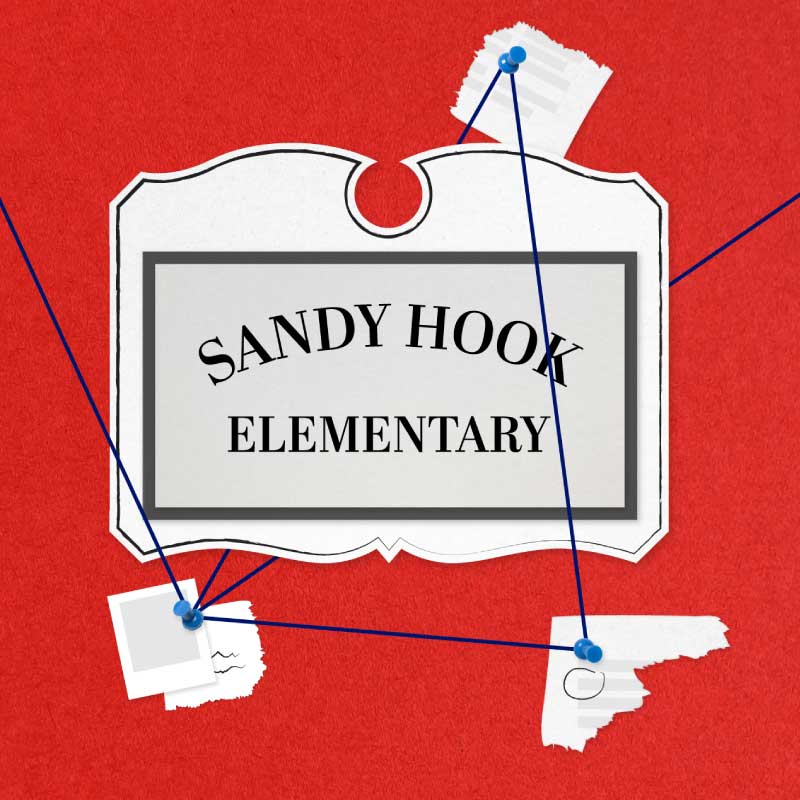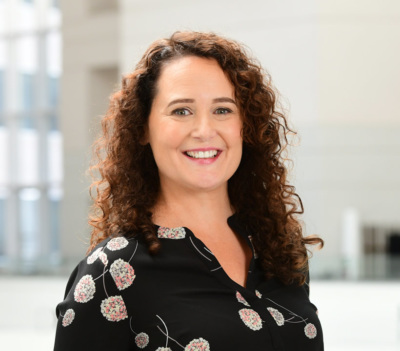
A decade after Sandy Hook, progress through the pain
On Dec. 14, 2012, a gunman walked into Sandy Hook Elementary School in Newtown, Conn. and, within minutes, ended the lives of 20 first-graders and six adults.
In the decade since that day, grieving families have had to contend with conspiracy theorists – egged on by “alt-right” radio host Alex Jones and others – who believe the shooting never happened and the victims never existed.
To help make sense of the incomprehensible need some people have to deny reality, and to learn how to successfully fight disinformation spreaders like Jones, I recently turned to New York Times feature writer Elizabeth Williamson, author of Sandy Hook: An American Tragedy and the Battle for Truth. I also spoke with Lenny Pozner, whose six-year-old-son, Noah, died in the shooting and became a particular point of obsession for those who deny the tragedy.
Williamson and Pozner helped trace the origins of the mass delusions a dispiriting percentage of our fellow Americans now seem to be under, and detailed the emotional journey of what it takes to fight against conspiracy theories – and win gains. Surprisingly, these conversations also left me feeling hopeful about a future where we are all more responsible consumers of news and information.
What makes Jones so dangerous
Jones began denying the Sandy Hook shooting within hours through his widely popular broadcast. Shockingly, Williamson confirmed that even today, multiple credible surveys show that one in five Americans now believe all mass shootings are hoaxes.
Williams said Jones helped drive this through his broadcasts, which draw an audience of tens of millions of devoted fans. A few different elements make his messages particularly potent, dangerous – and lucrative. One key strategy, Williamson said, is that Jones taps into the strong sense of community among conspiracy theorists and uses that to mobilize people.
“He deputizes his audience to fight back. In the case of Sandy Hook, they did that with confrontation and with threats of violence,” she told me.
Along the way, Jones has profited handsomely, casting doubt on COVID –19 vaccines while selling quack cures, for example.
“He stokes all of these fears and then he is offering a product as a solution,” Williamson said.
Harm – and progress
These examples show how conspiracy theories and hoaxes can end up affecting all of us. For Pozner, the force of mis- and disinformation consumed his whole life.
Immediately after the Sandy Hook shooting, online “hoaxers,” as Pozner calls the hordes of truth-deniers, questioned everything about Noah’s life and his death. Despite the emotional pain it caused him, Pozner dedicated himself to setting the record straight – from correcting seemingly small errors of fact on legacy news websites to tackling much larger conspiracy theories on social media sites and blogging platforms. For those efforts, Pozner’s family and other Sandy Hook victims received death threats sent to their homes.
In the face of immense loss, Pozner and the family members persevered in their defense of facts – and they have notched significant wins. Perhaps that’s why, even on this otherwise heart-wrenching anniversary of the shooting, I choose to see progress through the pain.
Jones recently lost three defamation lawsuits filed by victims’ family members and has been ordered to pay almost $1.5 billion in damages, with one more trial outstanding. Pozner – through the work of his nonprofit, the HONR network, and through the advocacy of others – has convinced major tech companies such as Facebook and WordPress to change their policies and terms of service to better protect the next of kin of major tragedies, and crack down on hate and harassment.
How to push back against conspiracies
But we can’t rely on the victims of tragedies to do this work alone, and certainly not while they are also grieving their losses. Ten years after Sandy Hook, they don’t have to.
Organizations like the News Literacy Project, where I work, are helping news consumers learn how to tell fact from fiction, identify credible sources, and actively push back against misinformation. Evidence increasingly suggests that these types of efforts can help inoculate people from being misled, which gives me hope.
We can all become news-literate and guard ourselves against conspiracy theories by understanding how they work. Be on the lookout for messages that push cynicism in institutions, connect random facts into supposedly meaningful patterns, and are impossible to prove no matter the evidence that’s presented. When you come across a strange or dark claim online, apply critical thinking and turn to a range of credible sources to help fact-check it
By practicing these skills, and encouraging others to do the same, we can create a movement in support of a more factual future. Let that also be a legacy of Sandy Hook.
Darragh Worland is the host of the News Literacy Project’s podcast, Is that a fact?, which recently released a two-part series about the Sandy Hook shooting and the conspiracy theories that followed.
